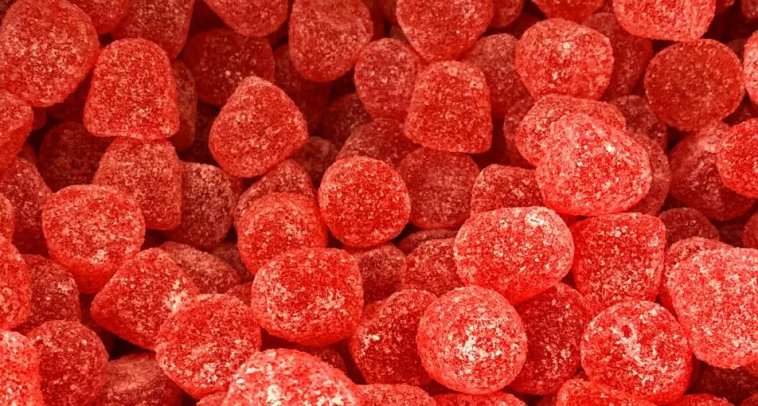The U.S. Food and Drug Administration (FDA) has announced a ban on the use of Red Dye No. 3 (Erythrosine) in foods, dietary supplements, and ingested medications due to its potential cancer risk.
Implementation Timeline
- Food Products: Manufacturers are required to eliminate Red Dye No. 3 from their products by January 15, 2027.
- Ingested Drugs: Pharmaceutical companies have until January 18, 2028, to remove the dye from medications.
This phased approach allows companies time to reformulate their products without the synthetic dye.
Health Concerns and Regulatory Background
The FDA’s decision follows studies indicating that high doses of Red Dye No. 3 can cause cancer in male rats. While evidence in humans remains inconclusive, the Delaney Clause of the Federal Food, Drug, and Cosmetic Act mandates the prohibition of additives shown to induce cancer in animals. Notably, the FDA had already banned the dye in cosmetics and topical drugs in 1990.
Impact on Consumer Products
Red Dye No. 3 has been widely used to impart a bright cherry-red color to various products, including:
- Candies (e.g., Pez, Ring Pops)
- Baked goods
- Cereals
- Frozen desserts
- Flavored milks (e.g., Nesquik strawberry milk)
- Medications (e.g., Tylenol)
Manufacturers will need to identify and transition to alternative color additives to maintain the visual appeal of these products.
Industry and Consumer Advocacy Responses
Consumer advocacy groups have long pushed for the ban, citing health risks and the availability of safer alternatives. The National Confectioners Association has expressed its commitment to complying with the FDA’s regulations, emphasizing the importance of consumer safety.
Global and Domestic Regulatory Context
Prior to this FDA action, Red Dye No. 3 faced restrictions in several regions, including the European Union, Australia, and Japan. Domestically, California enacted legislation in October 2023 to ban the manufacture, sale, and distribution of foods containing Red Dye No. 3 starting in 2027.
Future Considerations
The FDA’s ban on Red Dye No. 3 may prompt a broader reassessment of synthetic food dyes in the United States. Other artificial colorants, such as Red 40 and Yellow 5, have also come under scrutiny for potential health effects, though the FDA has not yet established a causal link between these dyes and adverse health outcomes.
As the implementation deadlines approach, consumers are encouraged to read product labels to stay informed about the presence of color additives in the foods and medications they use.


